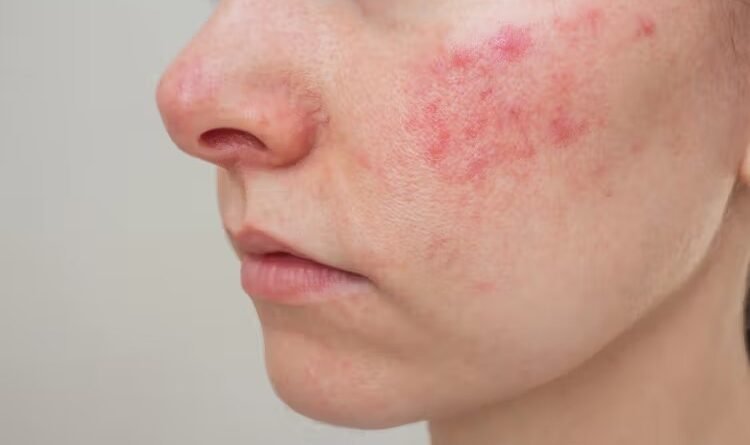Managing Chronic Skin Conditions: Best Practices and Treatments
Living with chronic skin conditions can be frustrating, uncomfortable, and emotionally draining. Whether you’re dealing with flare-ups, redness, itching, or scarring, the right approach can make a big difference.
Understanding your skin and having a consistent care routine is key. This guide explores the best practices and treatments to help manage symptoms and improve your quality of life.
Keep reading to discover practical tips that can help you take control of your skin. Don’t wait! Start making small changes today for long-term relief.
Understand Your Condition
The first step to managing a chronic skin condition is learning more about it. Different conditions require different approaches, and knowing what triggers yours can help reduce flare-ups. Visit a specialist who can properly diagnose your condition and offer tailored advice.
Keep a skin diary to track what works and what doesn’t. This can reveal patterns and help you avoid harmful routines or products. Educating yourself gives you confidence and control.
Build a Simple Skincare Routine
Sticking to a consistent and gentle routine can calm irritated skin. Use mild, fragrance-free cleansers and moisturizers to avoid unnecessary reactions. Cleanse your skin once or twice daily, depending on your condition’s needs.
Avoid over-washing, which can strip the skin of natural oils and worsen dryness. Apply moisturizer while the skin is still damp to lock in hydration. Whether you want to order temovate cream online or consult your doctor for alternatives, choosing the right products matters.
Avoid Common Triggers
Triggers like stress, certain foods, and environmental factors can cause flare-ups. Pay attention to how your skin reacts after eating specific meals or using certain products. Weather changes, especially cold and dry air, may also worsen your condition.
Reducing exposure to known irritants can help you maintain clearer skin. Practice stress-reducing activities like meditation or gentle exercise. Every small adjustment can prevent larger outbreaks.
Use Medications as Directed
Prescription creams, ointments, or oral medications are often needed to control chronic skin conditions. Always use these treatments exactly as prescribed by your healthcare provider.
Do not skip doses or stop early, even if symptoms improve. Incorrect use can lead to resistance or worsening symptoms. Ask your doctor about possible side effects and how to manage them. Following directions carefully is crucial to seeing positive results.
Adopt a Skin-Friendly Diet
What you eat can influence your skin’s health. Focus on anti-inflammatory foods like fruits, vegetables, and healthy fats. Avoid processed items that may cause flare-ups or allergic reactions.
Drink plenty of water to keep your skin hydrated from the inside out. Consider supplements only after speaking with a healthcare provider. A balanced diet supports your treatment and promotes overall skin wellness.
Stay Consistent and Patient
Managing chronic skin conditions is not a one-time fix. It requires ongoing care, observation, and patience. Don’t expect instant results – most treatments take time to show improvements.
Celebrate small wins and improvements, no matter how minor. Stay in touch with your dermatologist for regular updates and new recommendations. Your commitment is essential for long-term relief and healthier skin.
Learn to Manage Chronic Skin Conditions
Living with a chronic skin conditions can be challenging, but it doesn’t have to control your life. With a mix of expert advice, daily care, and mindful habits, you can ease symptoms and regain confidence.
Each person’s skin is different, so finding the right balance may take time. Be gentle with yourself and stay consistent. Relief is possible with the right strategies and support.
Keep reading! Our blog has tons of great content.

